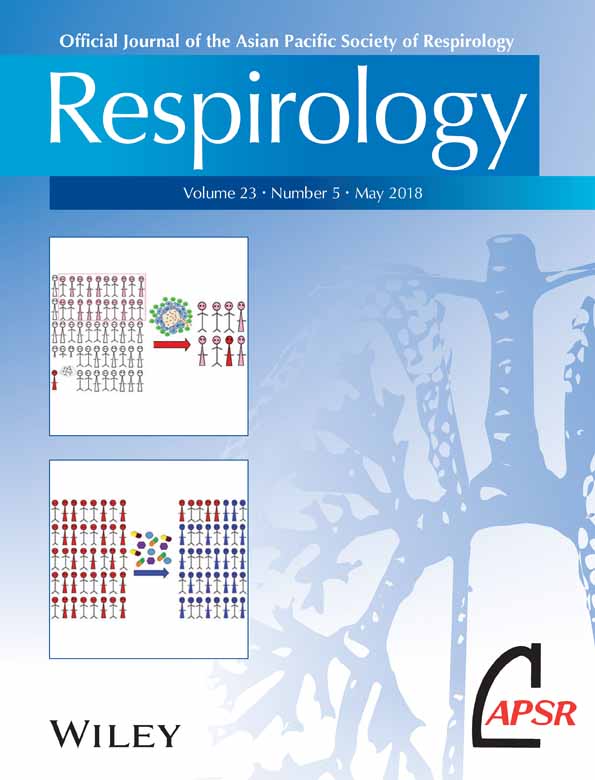Diagnostic utility of surgical lung biopsies in elderly patients with indeterminate interstitial lung disease
Abstract
Background and objective
Idiopathic pulmonary fibrosis (IPF) is increasingly diagnosed by clinical and computed tomography (CT) criteria; however, surgical lung biopsy (SLB) may still be required in patients who lack definite CT features of usual interstitial pneumonia (UIP). We reviewed a cohort of elderly patients who underwent SLB, to evaluate the benefit of SLB in diagnosing idiopathic interstitial pneumonia (IIP).
Methods
We searched the pathology records of Mayo Clinic for ambulatory patients at least 75 years old, who underwent SLB between 2000 and 2012 for indeterminate IIP. Histologic slides were reviewed and clinical data were extracted from the record.
Results
A total of 55 patients (35 male) were enrolled. Median (interquartile range) age was 77 (76–80) years. Forced vital capacity was 70 (61–76)% and diffusing capacity of the lungs for carbon monoxide was 48 (42–54)% of predicted. In total, 37 (67%) patients had IPF, including 61% of those with HRCT findings inconsistent with UIP. Thirty-day mortality was 10% and 90-day mortality was 15%.
Conclusion
The high mortality rate of SLB complicates the risk–benefit analysis in elderly patients with IIP. The expected value of the SLB is probably highest when the HRCT features are inconsistent with UIP, due to the frequent (39%) retrieval of patterns other than UIP.




